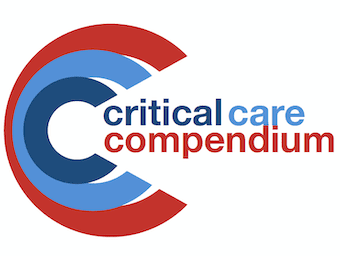
Superior Vena Cava (SVC) Obstruction
Superior vena cava (SVC) obstruction impairs venous return through the SVC to the right atrium and has many causes, usually mediastinal masses or complications of SVC lines

Superior vena cava (SVC) obstruction impairs venous return through the SVC to the right atrium and has many causes, usually mediastinal masses or complications of SVC lines

Pulmonary Toxicity of Chemotherapy


Neurological Toxicity of Chemotherapy: Encephalopathy; Cerebellar Syndrome; Myelopathy; Peripheral Neuropathy; Stroke and Venous Thrombosis; SIADH

Metabolic Toxicity of Chemotherapy: Disorders related to the Tumour; disorders related to Anticancer Agents

OVERVIEW PROTHROMBIN TIME -> warfarin-> vitamin K deficiency-> liver disease-> DIC-> artefact: incorrect sampling or increased haematocrit (> 55%) ACTIVATED PARTIAL THROMBOPLASTIN TIME -> heparin-> DIC-> haemophilia-> liver disease THROMBIN TIME -> heparin-> DIC-> hypofibrinogenaemia-> fibrin degradation products FIBRINOGEN ->…

D-dimer specific for fibrin breakdownsensitivity = 95%specificity = 50%

FBC - full blood count; FBE - full blood examination; FBP - full blood picture

PFA-100 = citrated whole blood placed in a disposable cartridge containing a membrane coated with collagen/adrenaline or collagen/ADP into which a microscopic aperture has been cut -> with high shear rates contact of blood with the membrane causes platelets to aggregate and occlude the aperture.

Thromboelastography (TEG) is a viscoelastic hemostatic assay that measures the global viscoelastic properties of whole blood clot formation under low shear stress

Thrombophilia is a predisposition to increased risk of venous and arterial thromboembolism due to haemostatic abnormalities

Reviewed and revised 7 January 2016 OVERVIEW Venous blood gases (VBG) are widely used in the emergency setting in preference to arterial blood gases (ABG) as a result of research published since 2001 The weight of data suggests that venous pH…